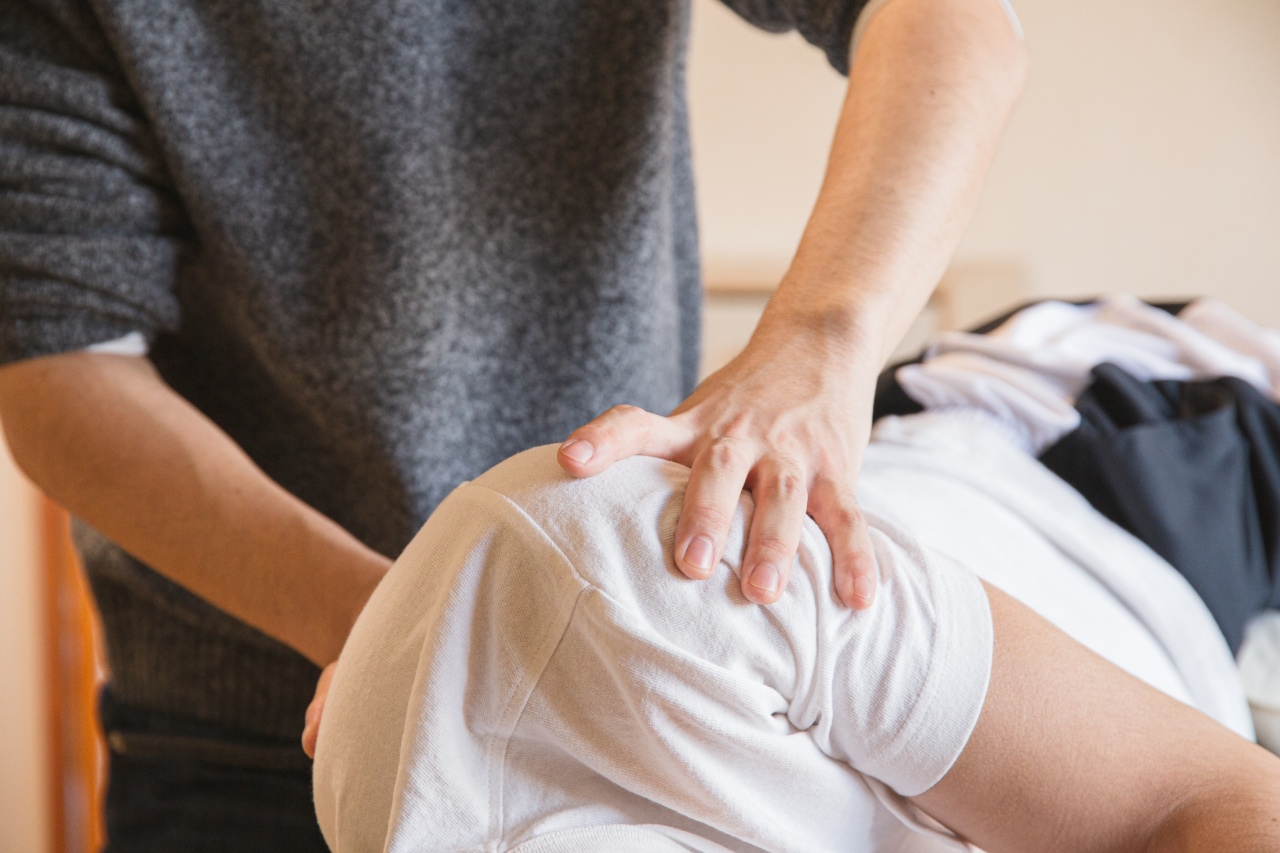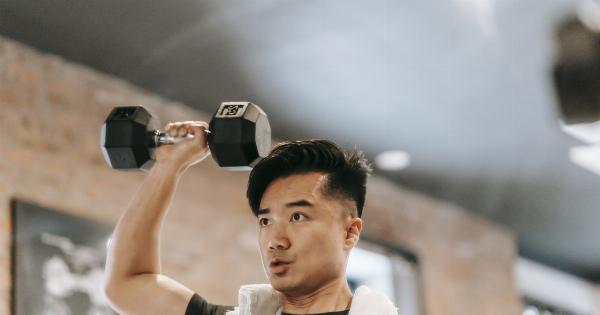Shoulder dislocation is a common injury among athletes, particularly those involved in contact sports or activities that require repetitive overhead motion. It occurs when the upper arm bone (humerus) pops out of the shoulder socket (glenoid).
This injury can be both painful and debilitating, often requiring immediate medical attention and treatment. In this article, we will explore various methods and techniques for treating shoulder dislocation in athletes.
1. Recognizing the Signs and Symptoms
The first step in treating shoulder dislocation for athletes is recognizing the signs and symptoms.
These may include severe pain, swelling, visible deformity, limited range of motion, and a sensation of the shoulder “popping out.” If you suspect a dislocated shoulder, it is essential to seek medical help as soon as possible.
2. Seeking Immediate Medical Attention
Immediate medical attention is crucial for the proper treatment of shoulder dislocation. Trying to relocate the shoulder on your own or ignoring the injury can lead to further damage and complications.
It is recommended to visit an orthopedic specialist or an emergency room for evaluation and treatment.
3. Diagnostic Imaging
Diagnostic imaging, such as X-rays or MRI scans, may be conducted to determine the extent of the injury and rule out additional damage, such as fractures or soft tissue tears.
The imaging results will help the healthcare provider plan the most appropriate course of treatment.
4. Closed Reduction
Closed reduction is the process of manually realigning the dislocated shoulder joint. It is usually performed by a trained healthcare professional under sedation or local anesthesia.
The healthcare provider will gently manipulate the arm bone back into the shoulder socket, relieving the pain and restoring normal shoulder function.
5. Immobilization
Following closed reduction, the shoulder may need to be immobilized to allow the joint to heal properly. This may involve wearing a sling or a shoulder immobilizer, depending on the severity of the dislocation.
Immobilization helps stabilize the shoulder joint and prevents further injury while the tissues and ligaments repair themselves.
6. Physical Therapy
Physical therapy plays a crucial role in the rehabilitation process for athletes with shoulder dislocation. Under the guidance of a qualified physical therapist, athletes can regain strength, stability, and range of motion in their shoulder.
The therapy sessions may involve exercises, stretching, and other techniques to promote healing and prevent future dislocations.
7. Surgical Intervention
In some cases, particularly when shoulder dislocations become recurrent or result in significant structural damage, surgical intervention may be necessary.
The surgical procedures for shoulder dislocation may include the repair of torn ligaments or the reconstruction of the shoulder joint. These interventions aim to restore stability and prevent future dislocations.
8. Rehabilitation and Return to Sport
Rehabilitation is a crucial phase in the treatment of shoulder dislocation for athletes. It involves a gradual progression of exercises and activities to strengthen the shoulder and improve function.
The timeline for return to sport will vary depending on the severity of the injury and individual healing capabilities. It is essential to follow the rehabilitation program diligently to ensure a safe return to athletic activities.
9. Preventive Measures
Preventing shoulder dislocation is always better than treating it.
Athletes can take several preventive measures to reduce the risk of shoulder dislocation, such as maintaining proper shoulder strength and flexibility, using proper technique and form during sports activities, wearing appropriate protective gear, and avoiding overuse and excessive stress on the shoulder joints.
10. Seeking Professional Guidance
If you are an athlete, it is essential to seek professional guidance to reduce the risk of shoulder dislocation and receive appropriate treatment if an injury does occur.
Consult with a sports medicine specialist or an orthopedic surgeon to develop an individualized prevention and treatment plan based on your specific needs and sport demands.





























